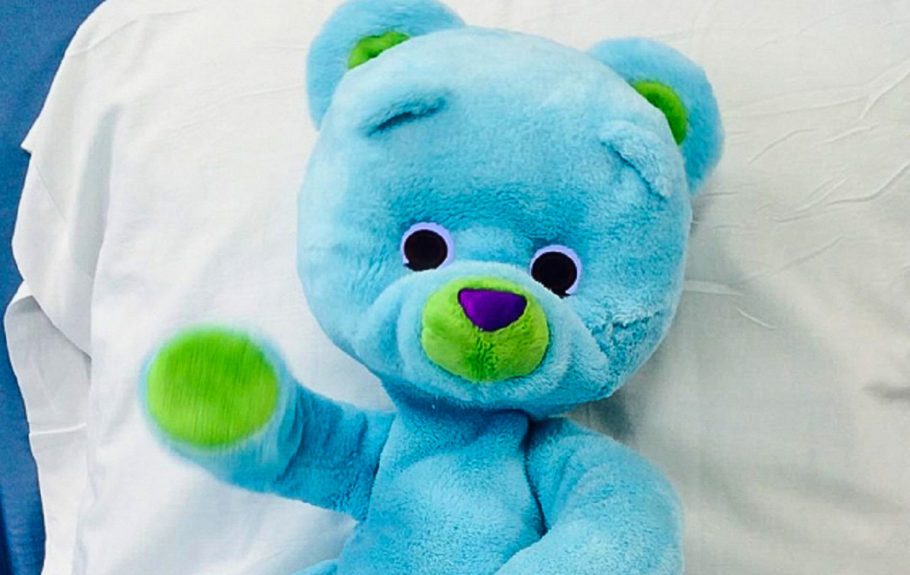Study explores using Huggable robotic bear with hospitalised kids

A study has explored the use of a robotic teddy bear named Huggable to improve outcomes in children while they are at hospital.
Researchers from the MIT Media Lab, Boston Children’s Hospital and Northeastern University deployed a robotic teddy bear, “Huggable”, across several paediatric units at Boston Children’s Hospital.
Huggable is designed to assist health care specialists and acts as a “companion” helping patients, healthcare professionals, and parents work together to improve quality of care.
In the study published in the journal Pediatrics, children randomly received either Huggable, a tablet-based virtual Huggable, or a traditional plush teady bear.
Findings showed that in general, Huggable improved various outcomes compared with the other two options, although the study was mainly designed to investigate the feasibility of integrating Huggable into care.
Results showed children playing with Huggable experienced more positive emotions, and got out of bed and moved around more.
They also emotionally connected with the robot, asking personal questions and inviting it to come home and meet their families.
Several press reports have cited the study, which although small is thought to be the first to explore social robotics in a real-world inpatient setting with ill children.
Other studies have been in labs, have studied very few patients, or were involved in public settings and were less formal.
Huggable is not a new idea – it was first prototyped in 2006 and is a plush teddy bear with a screen depicting animated eyes.
Since then it has been developed in a stepwise manner and the eventual goal is to make Huggable fully autonomous.
It is currently operated remotely by a specialist in the hall outside a child’s room.
Specialists use custom software to control the robot’s facial expressions and body actions, and direct its gaze.
Operators talk through a speaker in the robot that shifts their voice to a higher pitch and more childlike, while the tablet-based virtual bear worked along similar lines.
Interventions involving kids aged three to 10 involved activities such as singing nursery rhymes and moving arms during the song, while older kids could play I-Spy games.
Using questionnaires researchers were able to gauge the bear’s impact on the patient’s and parents’ mood and other outcomes.
Parents noted lower levels of perceived pain among the children, and the hope is that the study will pave the way for a fully automated bear.
Photo courtesy of Personal Robots Group, MIT Media Lab











